Skip the synthetic dyes this year—your garden already holds everything you need for beautiful, naturally colored eggs. From vibrant beets and red cabbage to spinach, turmeric, and even flowers, these plants can create rich, earthy tones with just a little preparation.
Dyeing eggs with garden plants is a fun, chemical-free way to celebrate spring, and it’s perfect for kids, eco-conscious crafters, and anyone who loves getting creative with what they grow. Each color has its own charm, and the process itself is part of the magic.
In this article, you’ll learn 7 easy, natural methods for making plant-based egg dyes, plus tips for getting brighter colors and unique patterns—straight from your own backyard.
Red Cabbage
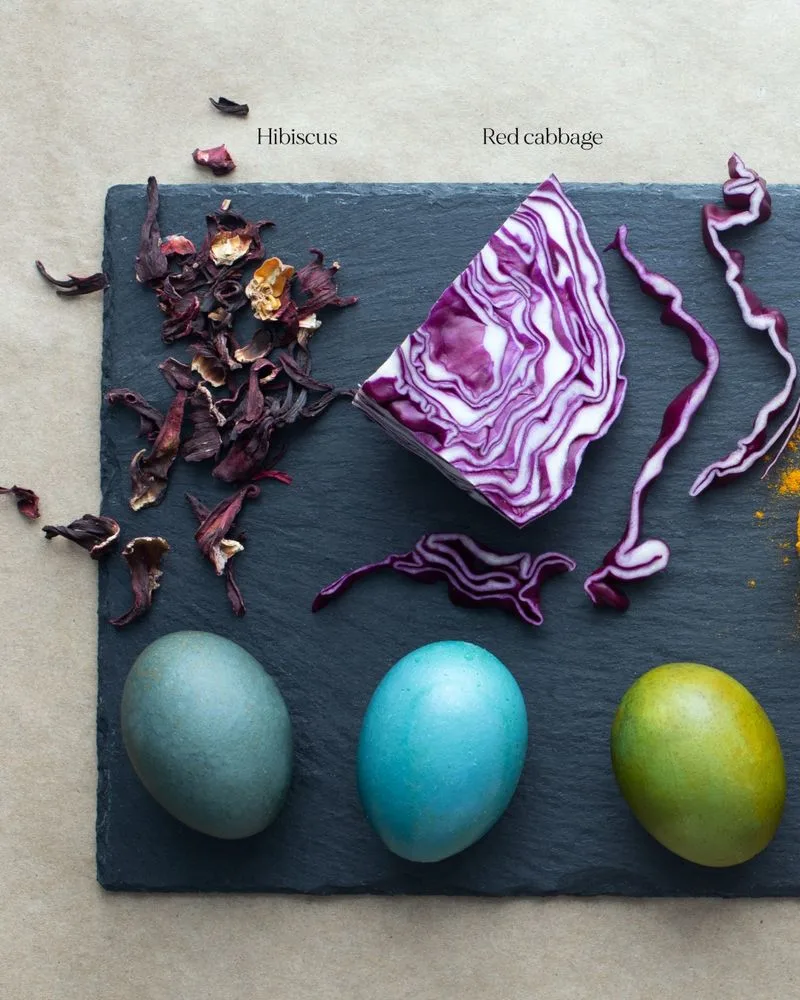
Who knew that humble red cabbage could produce such a stunning shade of blue? Simply chop the cabbage, boil it, and let your eggs soak in the cooled liquid. The longer they sit, the deeper the blue hue becomes, offering a surprising transformation from the original purple leaves. This natural dye method is not only easy but also wonderfully unexpected, as the cabbage’s red color doesn’t hint at the vibrant blue it can produce.
Turmeric

The warm hue of turmeric can infuse your eggs with a sunny, golden color. Known for its culinary uses, turmeric also serves as a brilliant natural dye. Mix some turmeric powder with water and vinegar, and submerge your eggs. As they soak, the eggs absorb the rich yellow tones, creating a cheerful appearance perfect for springtime festivities. Turmeric’s ability to impart such a vivid color makes it a favorite among natural dye enthusiasts.
Beetroot
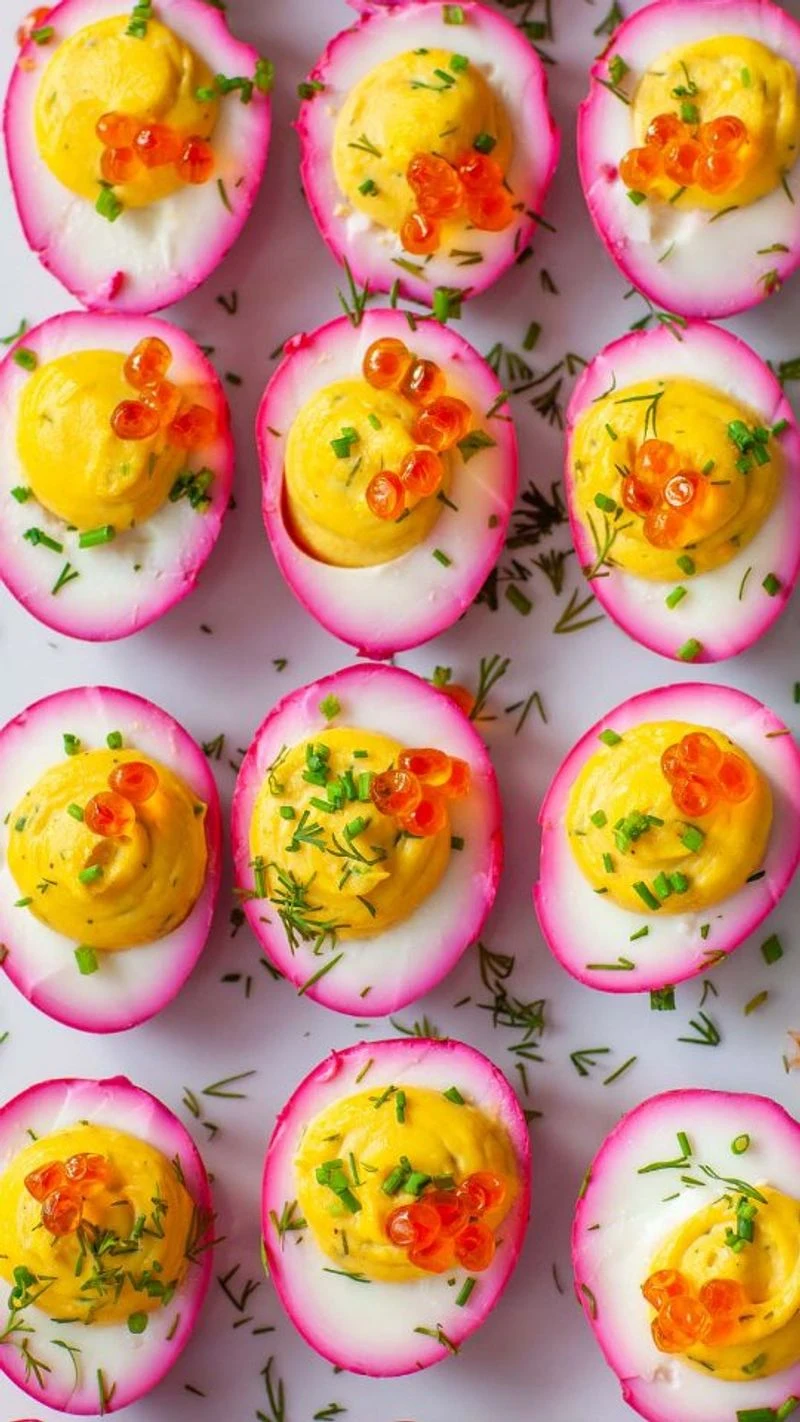
Beetroot isn’t just for the dinner table; it’s an excellent source of natural dye. When you boil beetroot and use the liquid for egg dyeing, you get a rich, pinkish-red color that can vary in intensity. The process is straightforward, and the results are both vibrant and elegant. Whether you prefer a soft pink or a deeper red, beetroot can deliver a range of beautiful shades that make your eggs stand out in any setting.
Spinach
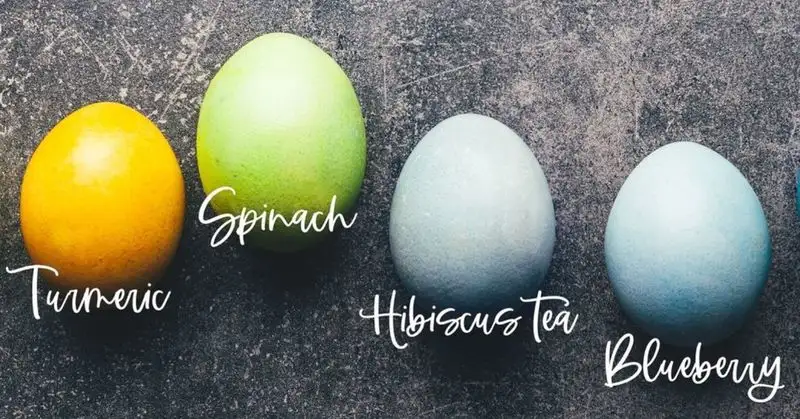
Spinach may not be the first plant you think of for dyeing eggs, but it can create a subtle and earthy green. Boiling spinach leaves and using the liquid as a dye imparts this gentle color. While the results are not as bold as other dyes, the soft green offers a natural and understated beauty. Spinach’s ability to impart color while being gentle on eggshells makes it a unique choice for those seeking a more subdued palette.
Onion Skins
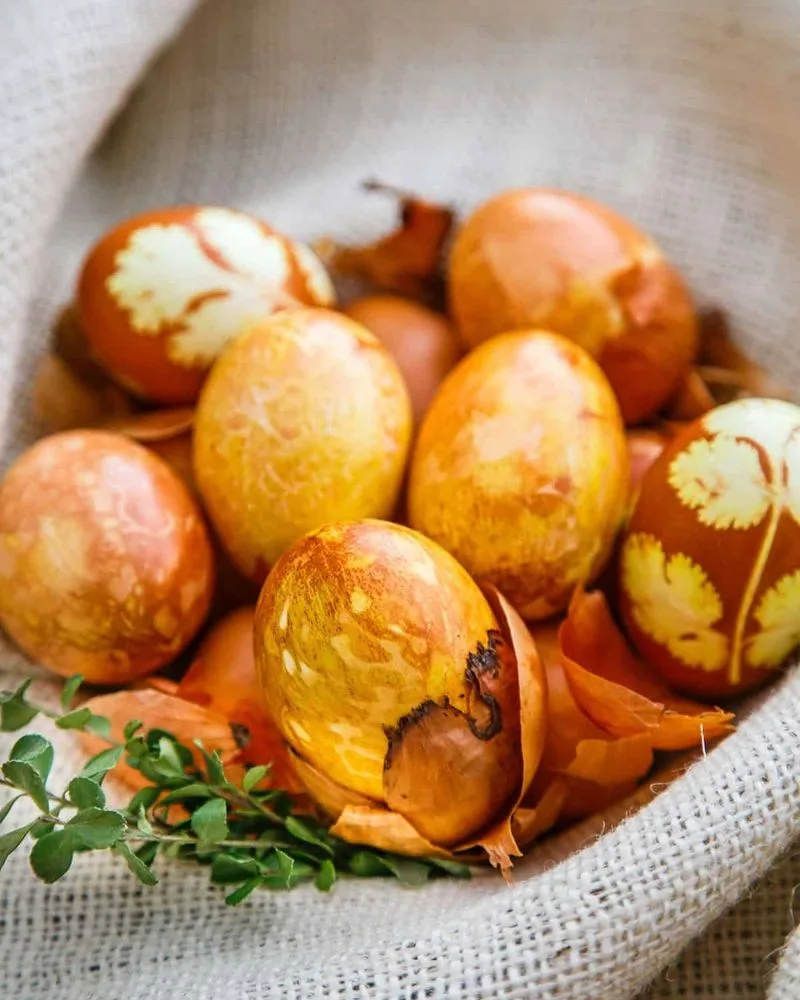
The rich amber tones of onion skin dye are a testament to nature’s artistry. As you boil the skins and let your eggs soak, they take on a warm, earthy color. This time-honored method is beloved for its simplicity and the depth of color it achieves. Onion skins are an excellent choice for those who appreciate the natural, rustic hues that this accessible ingredient provides. The resulting color is both classic and comforting.
Hibiscus Flowers
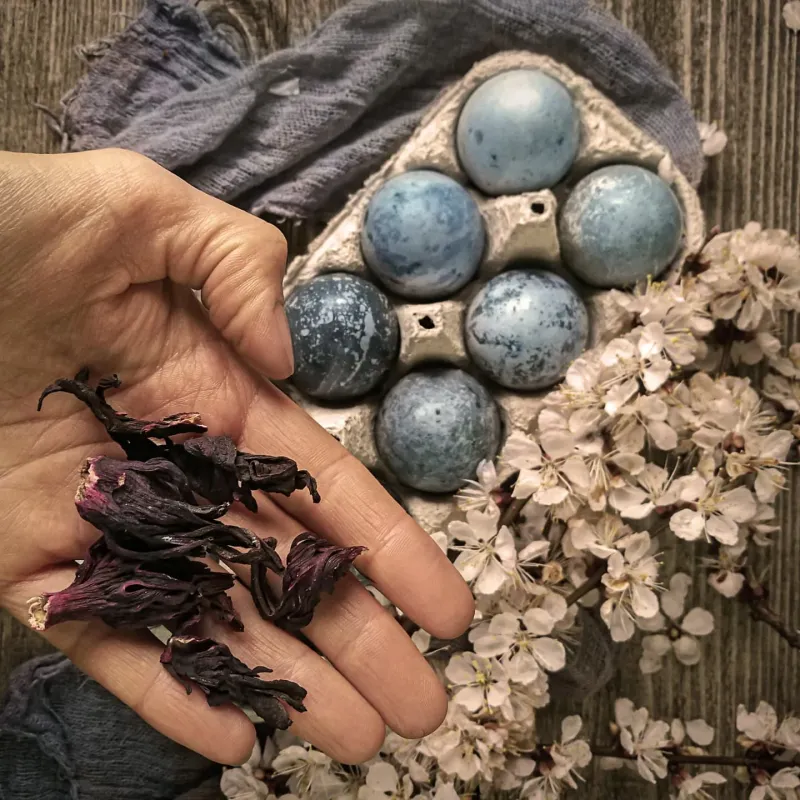
Hibiscus flowers aren’t just beautiful; they offer a lovely dye that turns eggs a soft pink. By boiling the petals and using the resulting liquid, you can achieve a gentle and romantic hue. This method is perfect for those looking to add a touch of elegance to their egg dyeing projects. The color may vary depending on the petals used, but the end result is always charming. Hibiscus-dyed eggs bring a floral flair to any display.
Blackberries

Fresh blackberries can surprise you not only with their delicious taste but also their ability to produce a striking purple dye. Crushing the berries and using their juice as a dye bath allows your eggs to soak in deep, rich tones. This natural dyeing method is both fun and effective, providing a color that stands out beautifully. Blackberries’ dual role as both a treat and a dye source makes them a delightful garden addition.

